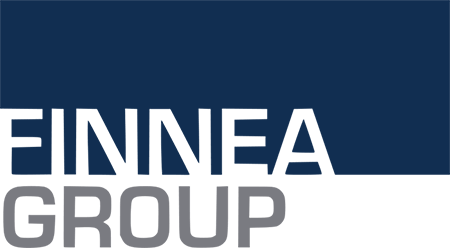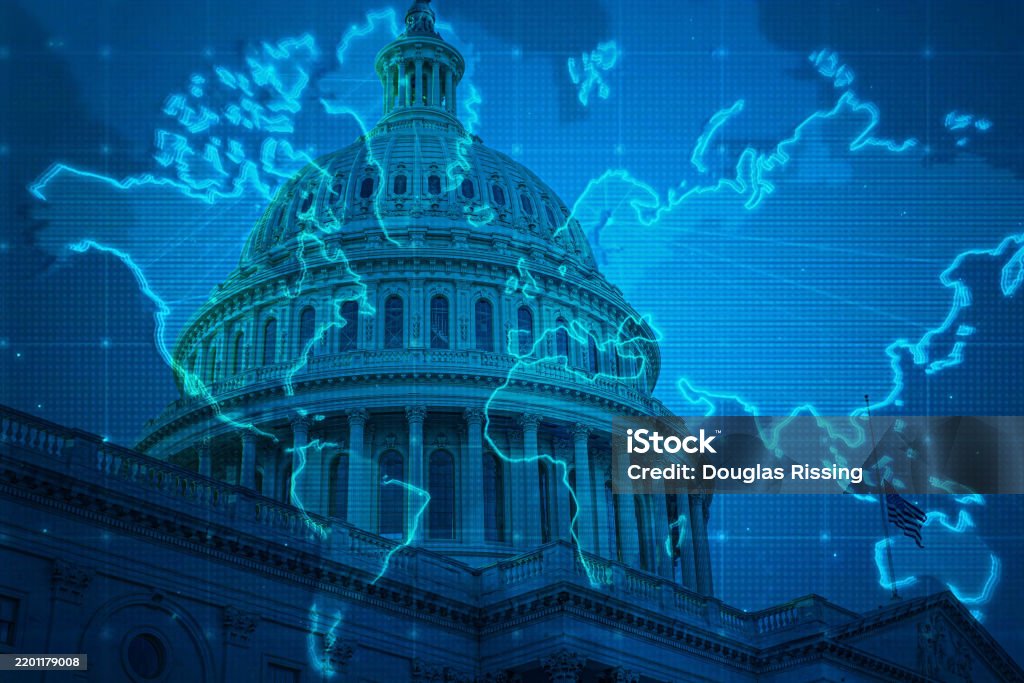Tariffs (Intro)
As many people have probably noticed, the stock market has been on an emotional roller coaster these past few months over the frequently fluctuating trade and tariff announcements being placed on U.S. imports. Simply put, tariffs are taxes and fees associated with imported goods. The primary objective of tariffs is to increase prices on those imported goods, which strategically discourages purchases of those goods and promotes the purchase of domestically made products. The regulations and framework regarding the latest round of tariffs, announced on April 2nd, 2025, has been dubbed “Liberation Day” by the current administration. This has been a continually evolving landscape since February 1st, 2025.
There have been many mediums used to communicate these floating and ever-changing tariffs, including social media posts, various traditional news outlets, and reactions from key industry leaders.
In addition to sweeping changes to the USMCA agreement, there have also been numerous tariff percentages thrown around against various countries, threats of stackable reciprocal tariffs, and even the removal of the de minimis rule. These strategies were announced in an effort to flow investment capital back into U.S. manufacturing. Now that “Liberation Day” has happened, we can begin to calculate and forecast the potential exposure to U.S. companies that are not sourcing domestically.
Section 232/301 Tariffs
If this all feels like déjà vu, don’t worry, you’re not crazy. Tariffs are nothing new for the United States. During the Trump Administration’s first stint in office, sections 232/301 tariffs were implemented against Chinese steel, aluminum and selected finished goods in 2018. This was in an effort to bring capital and jobs back to the U.S. for waning steel factories across the country.
Section 232 focused on the raw material steel – hot rolled, cold rolled, and tin. Section 301 was focused on the purchased sub-assemblies and finished goods coming from China made with Chinese steel and aluminum.
This was an interesting time for manufacturers that were primarily sourcing internationally, especially in south-east Asia. Many companies looked for alternative suppliers, some
Chinese manufacturers looked to put up brick-and-mortar operations in other countries unaffected by the tariffs, and many companies here in the U.S. looked for mitigation tactics to survive the looming, increasing landed costs.
Company Assessment
I had the pleasure of working on such a project regarding these increasing landed costs with a cross-functional group of colleagues. The mission was simple: Estimate the tariff exposure and put together a plan to recover what we could from our customers as to not erode our bottom line. The execution of this recovery was the most important factor.
Using our engineering bill of materials, we isolated raw material item numbers, as well as purchased item numbers that were going to be affected by section 232/301 tariffs. This included identifying the country of origin of the part and analyzing the harmonized tariff schedule code (HTS Code), which is the determinant for all customs related charges. Increasing the current purchase order costs and calculating usages (weights of parts), we were able to roll up the increased costs back to the finished goods. Using our ERP system, we created a new cost set to quantify the inflationary tariff costs that left our normal day-to-day financials unaffected.
We were then able to translate the increased costs into an easy-to-use format that our sales team could leverage in their negotiations with the customer for an inflationary price increase.
What’s changed with this latest round of tariffs?
These latest rounds of tariffs differ from what we experienced back in 2018. For one, these tariffs are affecting every country, not just China. Second, the percentages also vary depending on the current trade deficit with each country. Third, there are reciprocal tariffs at play, so we are no longer isolating imports from China to the U.S. only. Fourth, there are many more targeted goods being hit with tariffs. Finally, these tariffs are stackable, so it is important to understand that any unnecessary stops and value-add operations will trip additional costs to be assessed on goods coming into the U.S. and reciprocal tariffs on U.S. exports will also be triggered based on each country’s tariff schedule.
What can companies do to prepare?
Companies, now, more than ever, need to be in lockstep with their supply-chain team. Whether that is their internal team, or if it is with their external brokerage company/third-party logistics company, lane strategies will need to be implemented to ensure lead-times on products are not delayed. HTS codes need to be accurate, so that appropriate custom costs can be calculated to avoid penalties, under/over payments, late fees, and inventory holds at customs/ports. Mitigation strategies need to be considered with so many additional costs coming. As noted above, it is important to remember that these tariffs are stackable, so any unnecessary movement of inventory will be key.
Closing
It is better to have a plan in place now, especially if companies are considering a change in suppliers or if they are thinking about making significant capital investments in the U.S. As of April 9th, 2025, there is a 90-day hold on many of these tariffs, while the country’s affected come to the table to negotiate with the current administration. There is no time like the present to consider the potential impact on your supply chain. Put yourself into the driver’s seat; be proactive with your business versus reactive to policies that private industries cannot control. Please consider visiting our tariff tracker here for up-to-date news on tariff percentages charged to each respective country. Also, feel free to reach out with any questions that may be weighing on your mind. While many items regarding tariffs are still undecided, one thing is certain: there will be some sort of impact on consumers and to private companies.



































